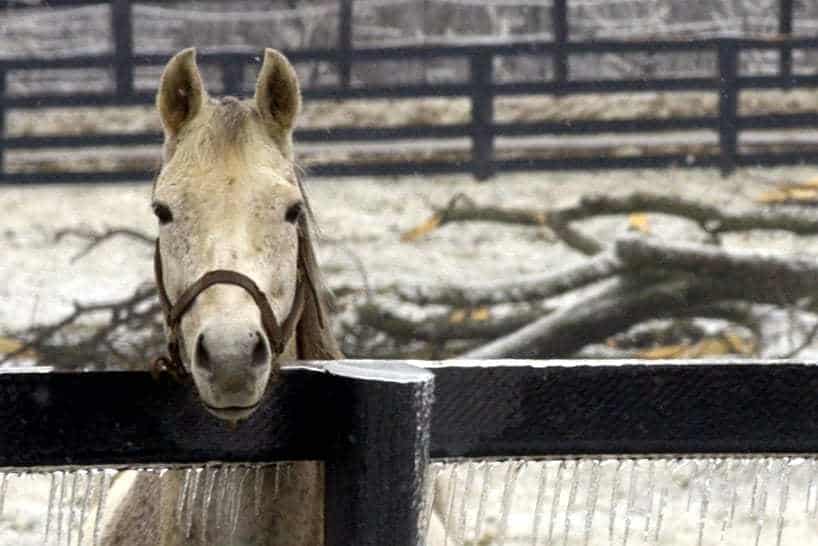
Improving Horse Arena Surfaces
Find a safe and durable footing to support your horse’s soundness.

Find a safe and durable footing to support your horse’s soundness.

Of the 825 respondents, 370 (45%) said they do most of their riding on private land.

Adding absorbent, biodegradable materials to paddocks can keep water sources cleaner and favor healthy grass growth.

Researchers confirmed that footing properties could impact dressage horses’ risk for suspensory ligament injury.

A roundtable at the International Hoof Care Summit covered shoe wear and what it indicates about the horse.

Of the 556 respondents, 190 (34%) said their biggest concern is keeping horses’ water sources from freezing.

Of the 395 respondents, 234 (59%) said ice is a problem on their horse property during the winter.

Many horses are well-equipped to live outdoors and thrive, provided certain provisions are met. Here’s what to remember.

Tweets and take-homes from sessions on lameness, rehabilitation, equine back issues, and more!

Horses for Clean Water’s Alayne Blickle explains how she weighed the need for an indoor arena against the cost.

Maximize safety, soundness, and performance by solving your equine arena surface snafus.

Protecting your horse’s turnout now can help ensure green pastures later.

Of the 545 respondents, 175 (32%) said they will add gravel and/or sand for high-traffic areas on their farm this fall.

Mick Peterson, MS, PhD, an authority on racing and equestrian surfaces, will begin his new role in January 2017.
Dr. Sue Stover’s research focuses on diagnosing, treating, and preventing musculoskeletal injuries in equine athletes.

Researchers found that hard surfaces, shallow footing depths, and compacted footing could increase horses’ injury risk.
Stay on top of the most recent Horse Health news with
"*" indicates required fields